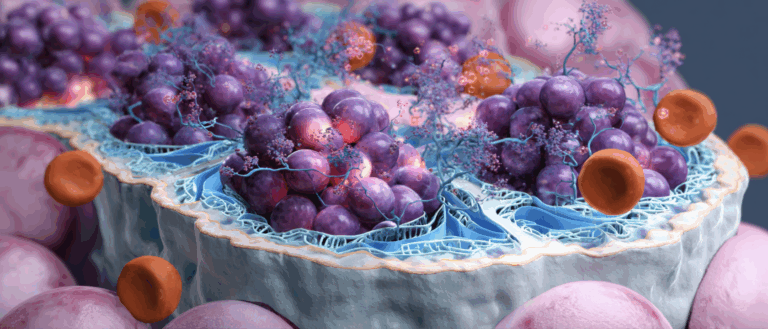Authors: Grégory Lacraz, Marie-Hélène Giroix, Nadim Kassis, Josiane Coulaud, Anne Galinier, Christophe Noll, Mélanie Cornut, Fabien Schmidlin, Jean-Louis Paul, Nathalie Janel, Jean-Claude Irminger, Micheline Kergoat, Bernard Portha, Marc Y. Donath, Jan A. Ehses, Françoise Homo-Delarche
DOI: 10.1371/journal.pone.0006963
Abstract Summary
Blocking inflammation with IL-1 receptor antagonist treatment improved pancreatic islet health in diabetic rats by reducing endothelial cell activation, oxidative stress, and fibrosis while enhancing blood vessel formation and blood sugar control. These findings suggest that islet inflammation, originating from blood vessel cells, contributes to beta-cell dysfunction in type 2 diabetes.
Why Brain? 🧠
IL-1 receptor antagonist treatment reduces islet inflammation and fibrosis in diabetic rats, suggesting that targeting endothelial cell activation could help preserve insulin-producing cells in type 2 diabetes.
The image is AI-generated for illustrative purposes only. Courtesy of Midjourney.




